Sigma 30mm f1.4 DC DN Contemporary Lens Image Quality:
In addition to features like portability, and excellent autofocus, the 30mm f1.4 DC DN Contemporary lens performs quite well in terms of image quality. For those worried about using this lens with the CL, I found the 30mm f1.4 to be every bit capable.

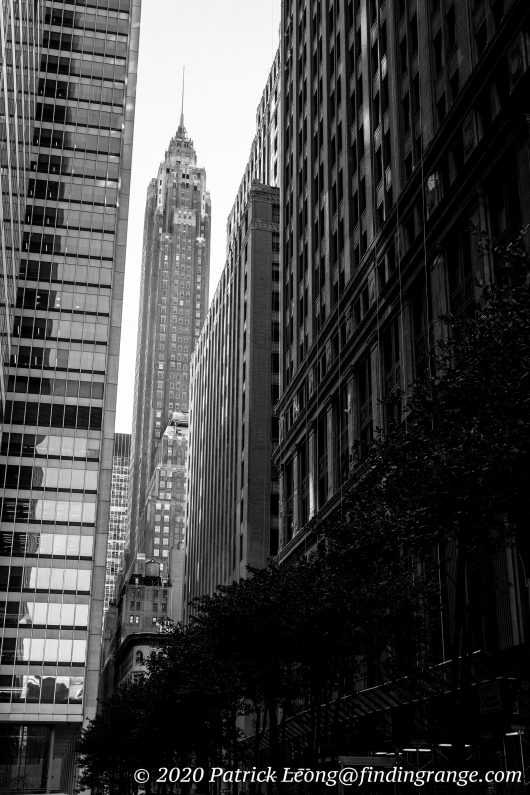
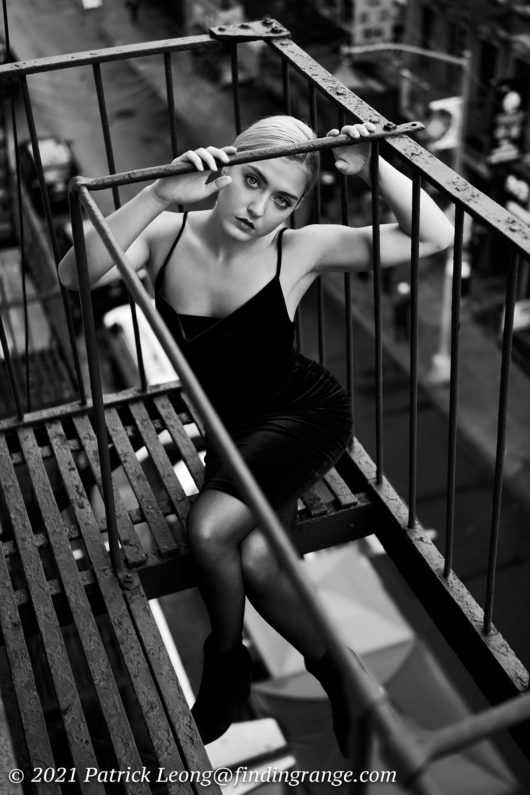
It starts off with sharpness, which is excellent overall. The 30mm f1.4 is tack sharp in the center at f1.4 with slight lost in detail in the corners. This is to be expected. As you stop down, the entire frame sharpens up nicely. I would say optimum sharpness is around f5.6 to f8. I feel that’s the area where corners are at their best, and of course, center sharpness is at maximum. I’m talking about pixel peeping here, of course, since this is a review. In reality, you can definitely use this lens throughout its aperture range, and get great results. As you can see, I shot the Sigma 30mm f1.4 at all different apertures.
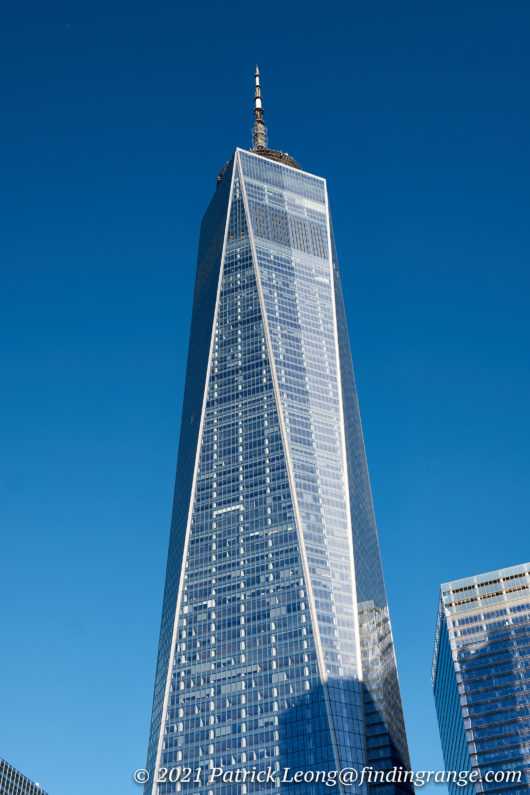
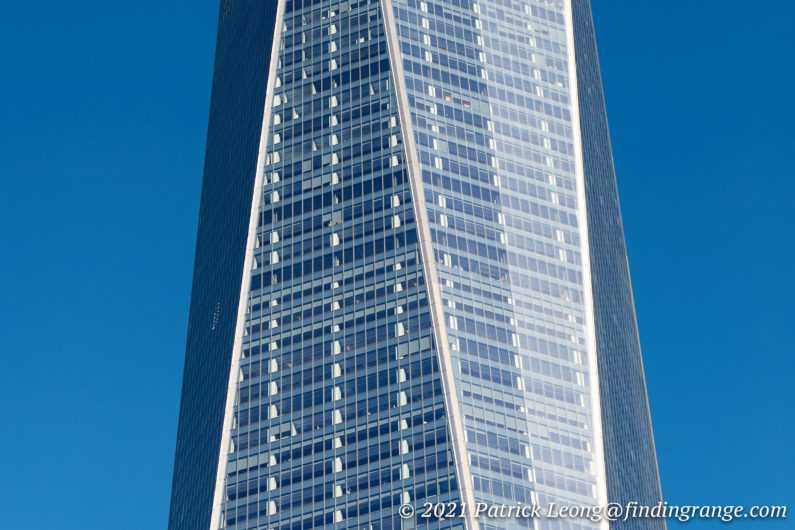
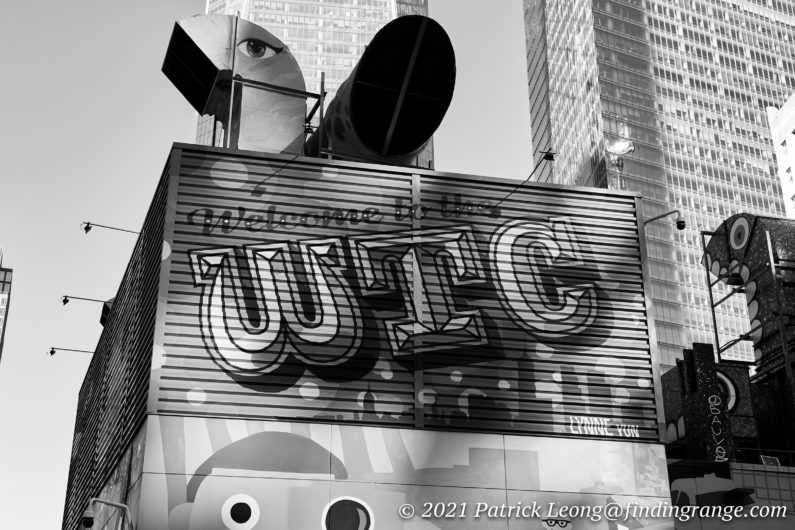
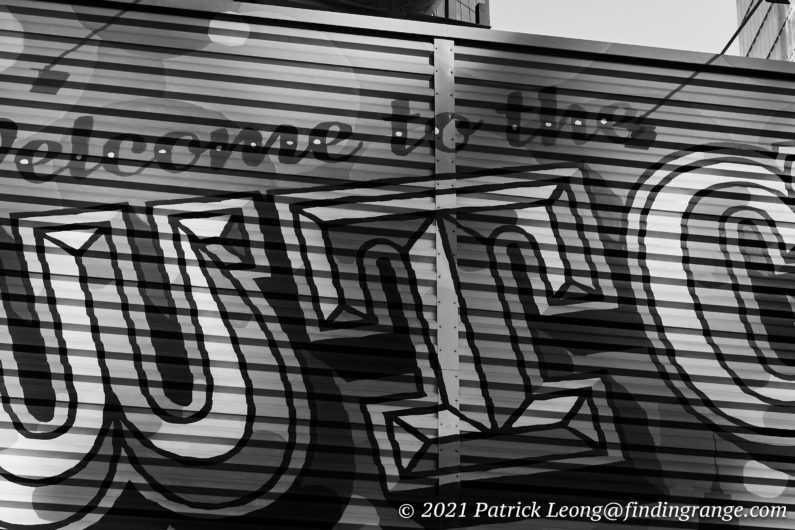
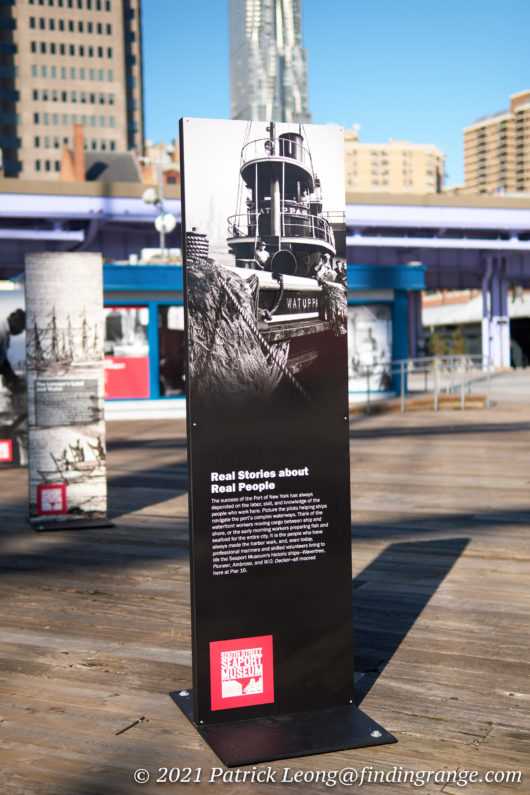
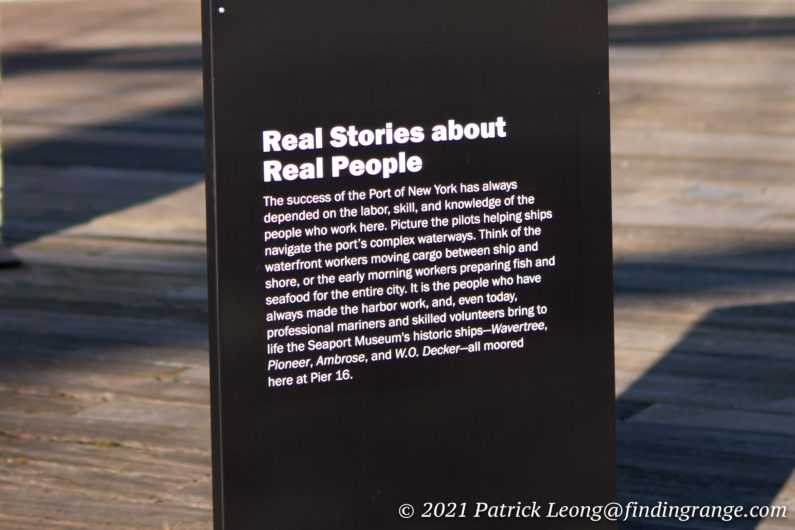
Besides sharpness, there are other features that contribute to making the 30mm f1.4 DC DN Contemporary lens a well rounded optic. For one, it has a Super Multi-Layer Coating, which is suppose to aid in flare reduction. It apparently worked because I had no issues with flare. Contrast and color rendering are also great. There is slight barrel distortion but nothing that is really an issue. In other words, it’s not going to take away anything from the overall picture. There’s also some vignetting at f1.4, which isn’t out of the ordinary. By stopping down to just f2, it is nearly gone.
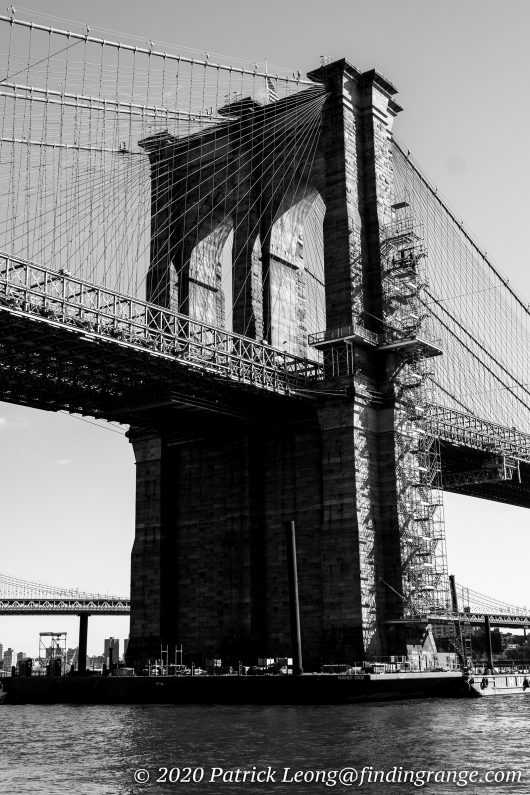


Focusing
Driven by a stepping motor, the Sigma 30mm F1.4 DC DN Contemporary Lens smoothly autofocuses with fast speed.
The focusing is internal and practically silent.
Remember that (at least some) cameras, including the Sony a1, defocus the image slightly before final focusing in AF-S mode, even if the subject was initially in focus, adding significantly to the focus lock time.
Autofocus lock speed is noticeably faster in AF-C mode.
With adequate contrast on the subject, this lens focuses in very dark environments, though perhaps not in light levels as low as I expected for an f/1.4 lens.
Autofocusing becomes very slow in the lowest functioning light levels.
I found this lens to mostly focus accurately, the number one requirement of an AF system.
Not every shot was accurately focused, but most were.
Normal is for the scene to change size in the frame (sometimes significantly) as the focus is pulled from one extent to the other.
This is focus breathing, a change in focal length resulting from a change in focus distance.
Focus breathing impacts photographers intending to use focus stacking techniques, videographers pulling focus, and anyone critically framing while adjusting focus.
This lens produces a big change in subject size through a full extent focus distance adjustment.

Far |
Close
This lens does not have an AF/MF switch.
Changing this frequently used camera setting requires the use of the menu system (or a camera switch on some models).
This lens has a large, sharp-ribbed, rubberized focus ring that is easy to find.
The ring rotates smoothly with ideal resistance.
The focus ring has a variable adjustment rate based on the rotation speed.
A full extent focus distance change requires over four full rotations (1640°) if turning the focus ring slowly.
Turn the ring fast, and 360° of rotation does the same.
The slow rotation manual focus adjustment steps are just short enough for high-precision focusing.
With a minimum focus distance of 11.8″ (300mm), this lens has a 0.14x maximum magnification spec, a relatively low number overall.
The chart below includes a set of complementary Sigma lenses along with more-similar alternatives.
| Model | MFD | MM | |
| Canon EF-M 28mm f/3.5 Macro IS STM Lens | 3.7″ | (93mm) | 1.20x |
| Canon EF-M 32mm f/1.4 STM Lens | 9.1″ | (230mm) | 0.25x |
| Sigma 16mm F1.4 DC DN Contemporary Lens | 9.8″ | (250mm) | 0.10x |
| Sigma 30mm F1.4 DC DN Contemporary Lens | 11.8″ | (300mm) | 0.14x |
| Sigma 30mm f/1.4 DC HSM Art Lens | 11.8″ | (300mm) | 0.15x |
| Sigma 35mm F2 DG DN Contemporary Lens | 10.6″ | (270mm) | 0.18x |
| Sigma 56mm F1.4 DC DN Contemporary Lens | 19.7″ | (500mm) | 0.14x |
| Sigma 18-50mm F2.8 DC DN Contemporary Lens | 4.8″ | (121mm) | 0.36x |
A subject measuring approximately 5.3″ x 3.5″ (135 x 90mm) fills a full-frame imaging sensor at this lens’s minimum focus distance.
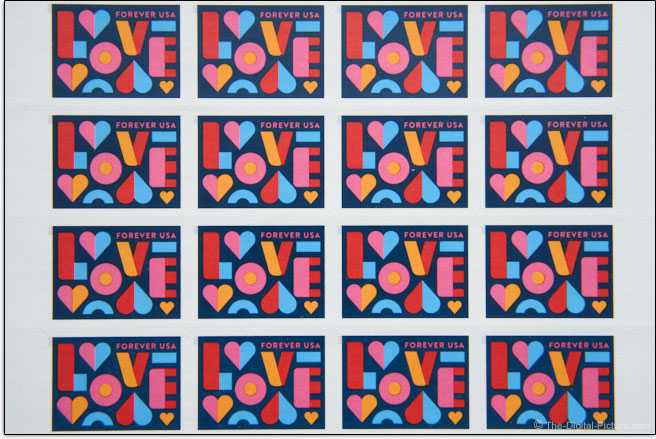
The USPS love stamps shared above have an image area that measures 1.05 x 0.77″ (26.67 x 19.558mm), and the overall individual stamp size is 1.19 x 0.91″ (30.226 x 23.114mm).
At minimum focus distance, expect soft image quality in the periphery at the widest apertures.
By f/11, corner image quality improves substantially, though rather strong lateral CA remains.
Need a shorter minimum focus distance and higher magnification?
Mount an extension tube behind this lens to significantly decrease and increase those respective numbers.
Extension tubes are hollow lens barrels that shift a lens farther from the camera, allowing shorter focusing distances at the expense of long-distance focusing.
Electronic connections in extension tubes permit the lens and camera to communicate and otherwise function normally.
As of review time, Canon and Sony do not publish extension tube specs or manufacture these items in compatible mounts, but third-party extension tubes are available.
This lens is not compatible with extenders/teleconverters.
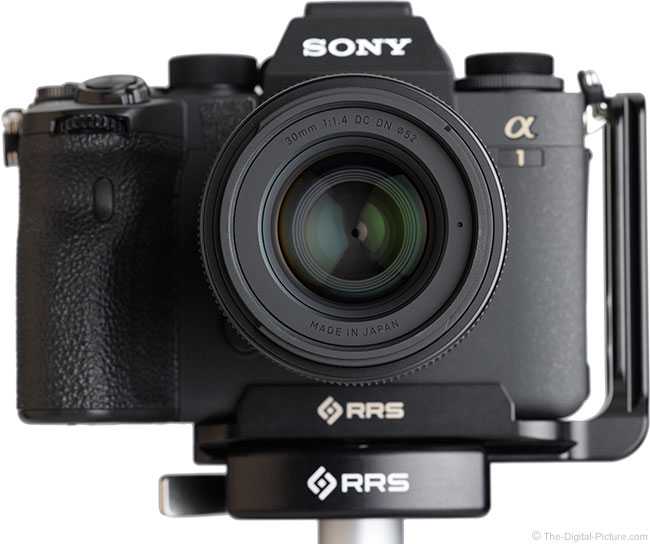
Sigma 30mm f1.4 DC DN Contemporary Image Quality:
As for optics, the 30mm f1.4 DC DN Contemporary performs great, and in my opinion, will produce images that are easily comparable to what Fujifilm has to offer. Sigma lenses have a good reputation for producing beautiful glass; this one is no exception.


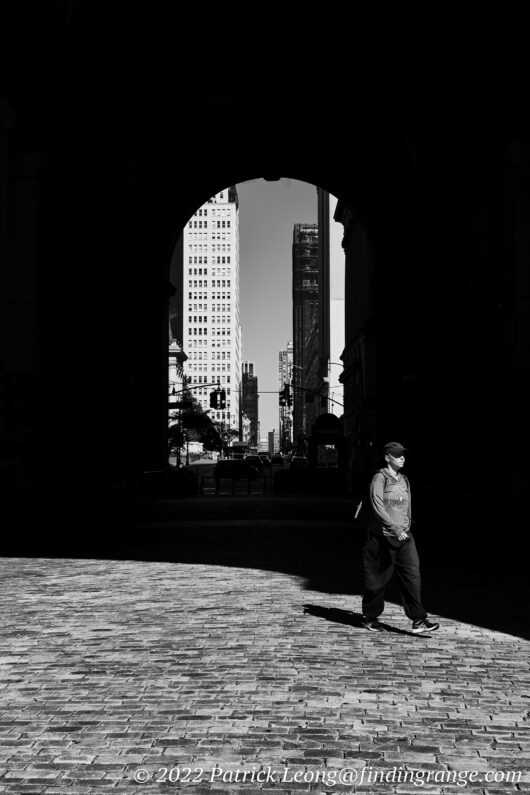
Sharpness, for one, is excellent. Images produced using wide open aperture are tack sharp in the center with only a slight lost in details in the corners, which is not out of the ordinary. Stopping down helps to sharpen up the image a bit overall with f5.6 to f8 being the aperture range that I feel produces the best results. But I am talking pixel peeping here; in reality, you can use this lens throughout the aperture range, and produce stellar results.

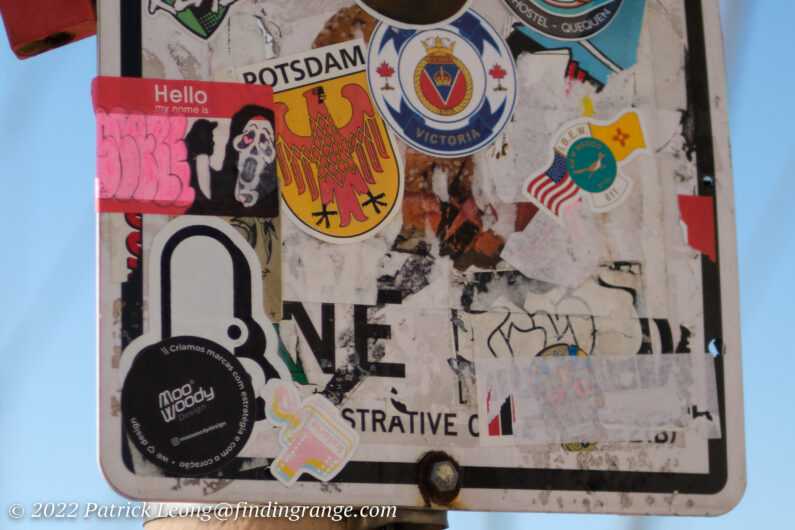
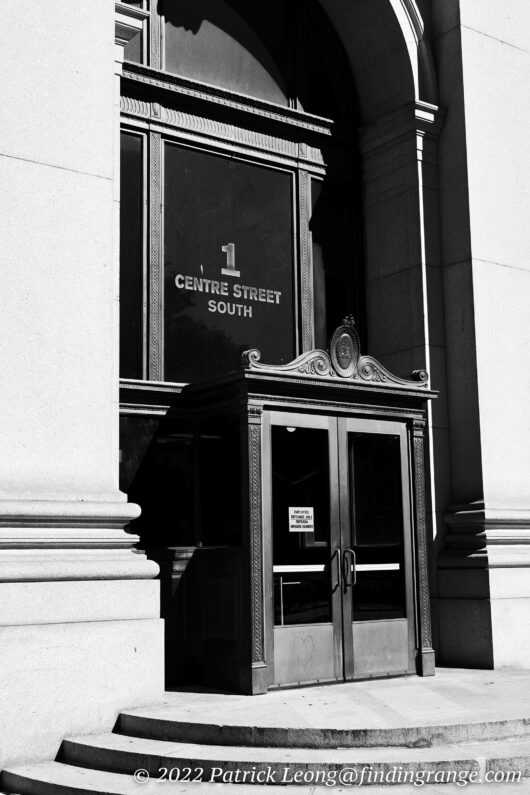
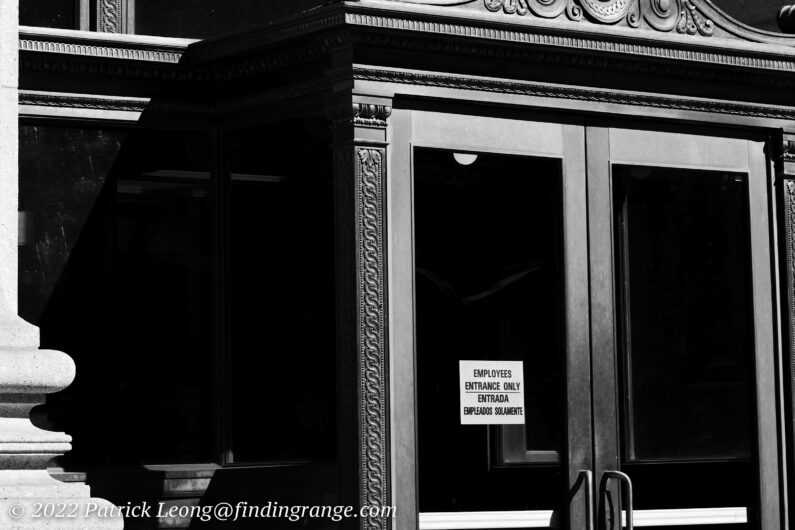
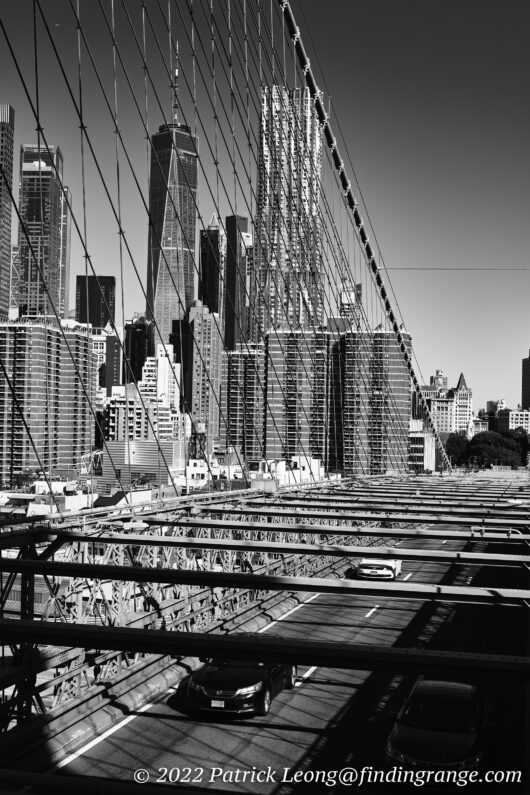
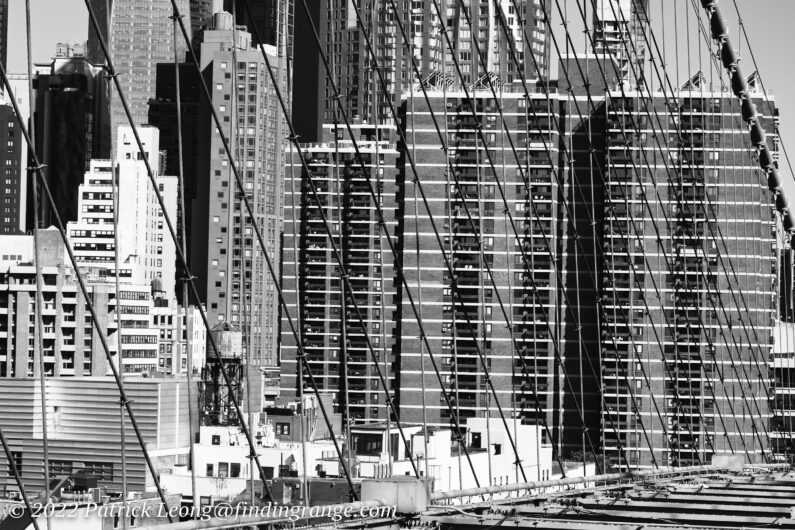
In addition to sharpness, the 30mm f1.4 DC DN Contemporary has other features that help make it a great optic. Contrast and color rendering are great. Flare is well controlled thanks to its Super Multi-Layer Coating. There’s slight barrel distortion but nothing that is an issue: there’s also some vignetting at wide open aperture but this is not out of the norm. Stopping down to just f2 helps to eliminate most of it.


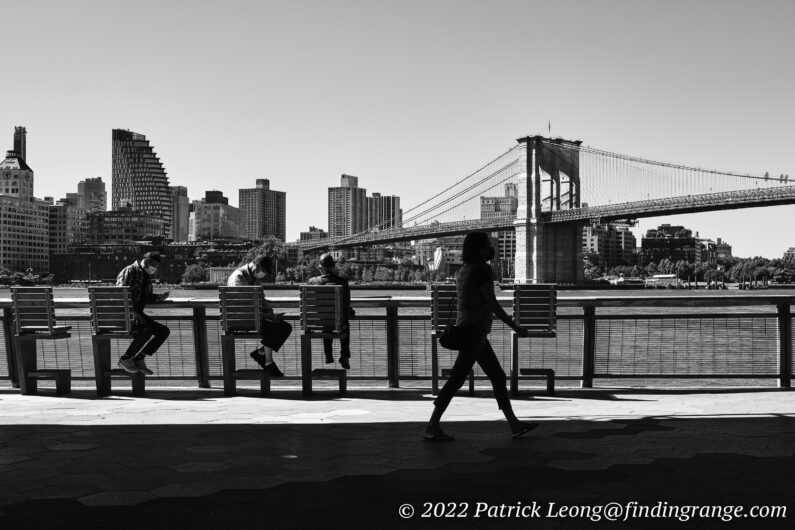
Sigma 30mm f1.4 DC DN Contemporary Autofocus:
What is also great is I found the autofocus to be excellent. The 30mm f1.4 Contemporary uses a stepping motor that is fast, and essentially silent in operation. During my time with the 30mm f1.4, I found the autofocus to be completely compatible with the Fujifilm X Series system, and therefore, drama free.
Autofocus is also accurate, which is important, considering the depth of field can be very shallow at f1.4 with a 45mm equivalent lens. I did not get to do a photo shoot this time around but when I reviewed the L mount version, I did several photo shoots with it. At f1.4, I was getting tack sharp eyes with each shot I was taking.
Since we’re on the topic of photographing people, face detection also works great with the 30mm f1.4 DC DN Contemporary. When I was walking around the street testing out the lens, I had my X-T3 set on face detection. It worked just fine as usual locking on to the subjects and focusing accurately.
Sigma 30mm f1.4 DC DN Contemporary Lens Build Quality:
As with all my reviews, I like to start off with build quality, and overall, the 30mm f1.4 is very similar to the other two Sigma APS-C lenses currently out in terms of design, which makes sense. Like the other two, the 30mm f1.4 is made of TSC (Thermally Stable Composite), it comes with a brass bayonet mount, and it has a textured rubberized focus ring for easy grip. I’m happy to report that there’s also rubber sealing on the mount for dust, and splash protection. Overall, the lens feels very solid with no signs of inferior workmanship or parts. It fits perfectly with a camera like the Leica CL not only aesthetically but also ergonomically.
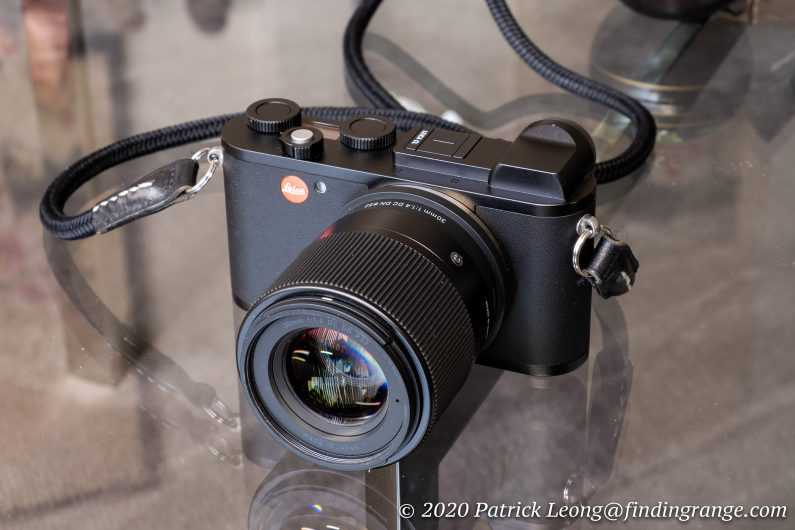
Speaking of ergonomics, f1.4 lenses tend to be larger than their smaller aperture counterparts but in this case, the 30mm f1.4 DC DN Contemporary lens is still quite compact, as you can see in the photos. It measures just 2.55 x 2.89″ / 64.8 x 73.3 mm, and has a 52mm filter thread. These are all more than reasonable specs for an APS-C lens of this focal length. I feel the compact size is particularly important here because as I said earlier, the Sigma 30mm f1.4 equates to a 45mm focal length with an APS-C sensor in 35mm terms, so it’s basically a “normal” lens. It’s going to be used for all types of photography ranging from landscape, portraiture to even street photography. If you’re like me, a person who favors the 50mm focal length, this might be a lens that will be mounted on your camera 99% of the time. Therefore, It needs to be compact and light, so it can be carried around all day without the photographer feeling burdened.

Speaking of light, the 30mm f1.4 DC DN Contemporary lens weighs only 9.35 oz / 265 g, which means it isn’t something that you’ll regret carrying around at the end of a long day. I took the 30mm f1.4 everywhere with me, and had no issues with it. The Sigma 30mm f1.4 is definitely an optic that I would categorize as an “everyday lens”. It balances so nicely with the CL. It never had any front heavy issues, and in general, it was just a joy to use.
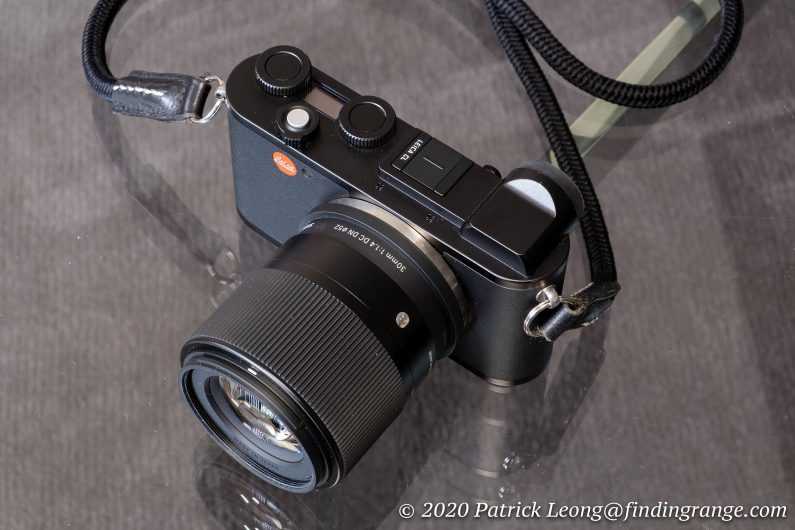
To top it off, the 30mm f1.4 also comes with a lens hood. It doesn’t make the lens that much larger either, which is nice but I’m also happy to report that I didn’t experience much issue with flare under normal usage either. So, I didn’t even feel the need to use the lens hood much. I tend to like to carry less, if I can get away with it.
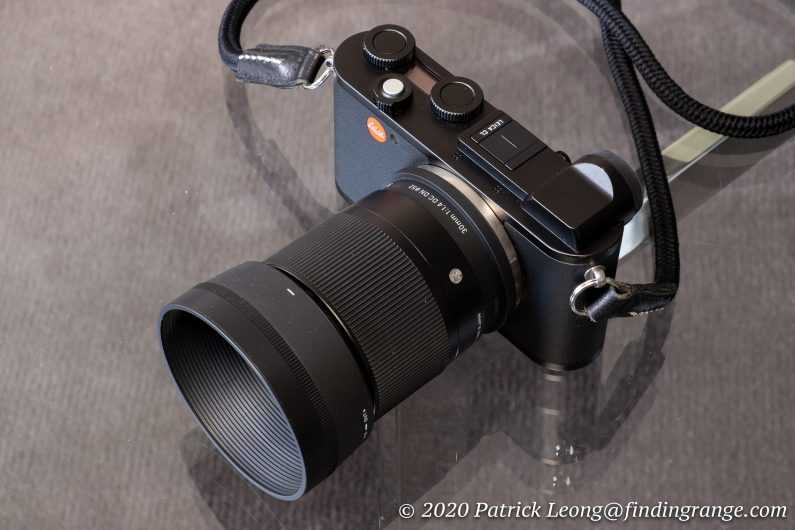
Overall, there aren’t really any issues that I had with the build and ergonomics. It just works, and works well, I might add. It’s a clean design, which I love, and inspires confidence with its build. If I’m nitpicking, like the other two Sigma APS-C lenses currently out, the 30mm f1.4 does not have image stabilization. However, many lenses in this range don’t have IS, and to me, it’s not a big deal at all. This isn’t a type of lens that needs it. I didn’t have any stabilization issues with it mounted on the CL.
Buy Now
Used Sigma 35mm f/1.4 DG HSM ART — Nikon Fit
Heavily Used £189
Used Sigma 18-35mm f/1.8 DC HSM ART — Niko…
Heavily Used £174
Used Sigma 70-300mm f/4-5.6 DG Macro — Nik…
Like New £70
Used Sigma 18-35mm f/1.8 DC HSM ART — Cano…
Like New £509
Used Sigma 70-200mm f/2.8 DG OS HSM SPORT…
Like New £889
Used Sigma 18-35mm T2 Cine — Sony E Fit
Like New £2949
Used Sigma 30mm f/1.4 DC HSM ART — Sony A Fit
Like New £224
Used Sigma 30mm f/1.4 DC HSM ART — Canon E…
Like New £319
Used Sigma 19mm f/2.8 DN ART — Micro Four…
Like New £104
Used Sigma 56mm f/1.4 DC DN Contemporary -…
Like New £309
Sell or trade used photo and video kit with MPB
|
We don’t have the latest price however the link below will take you to the most relevant items. Sigma 30mm f/1.4 DC DN C |
We don’t have the latest price however the link below will take you to the most relevant items. Sigma 30mm f/1.4 DC DN C |
We transform the way that people buy, sell and trade in photo and video kit. USED SIGMA |
Support this site by making a Donation, purchasing Plus Membership, or shopping with one of our affiliates:
Amazon UK,
Amazon US,
Amazon CA,
ebay UK,
MPB. It doesn’t cost you anything extra when you use these links, but it does support the site, helping keep ePHOTOzine free to use, thank you.
ADVERTISEMENT
Other articles you might find interesting…
Nikkor Z DX 24mm F/1.7 Lens Review
Fujifilm XF 8mm F/3.5 Review
Canon RF-S 55-210mm Review
SIGMA AF 14mm f/1.4 DG DN | Art Lens Review
Best Third Party Nikon F Lenses (DSLR)
Astrodesign & Samyang Join The L-Mount Alliance
Best Canon EF And EF-S Lenses
Sony FE 70-200mm f/4 G OSS II Lens Announced — Take A Look A…
Max Aperture
Having an f/1.4 aperture is liberating when shooting in dark environments, and the background blur this aperture can create is differentiating for this focal length.
This lens’s f/1.4 max aperture is nearly as wide as it gets for AF lenses near 30mm (full-frame 50mm f/1.2 options are available), though most major lens manufacturers offer 35 and 50mm lenses in f/1.4 aperture.
Use f/1.4 to allow a significant amount of light to reach the imaging sensor.
Use that light to enable subject and camera motion stopping shutter speeds in very low light levels with low ISO settings keeping noise levels down.
It seems there is always enough light for handholding an f/1.4 lens.
Another advantage of a wide aperture lens is the background blur it can create.
A 30mm lens set to f/1.4 with a close subject creates a shallow DOF, drawing the viewer’s eye to the in-focus subject against a smoothly blurred background.
The ability to blur the background adds artistic capabilities to this lens’s list of highly-desired features.
The following examples show the maximum blur this Sigma lens can create at the respective aperture setting.
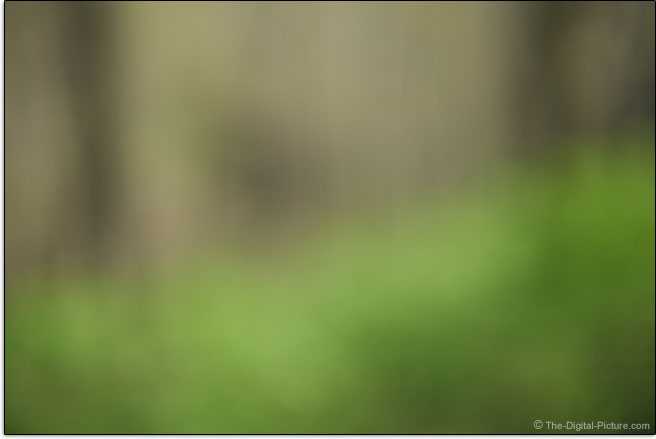
f/1.4 |
f/2.0 |
f/2.8 |
f/4.0 |
f/5.6 |
f/8.0 |
f/11.0 |
f/16.0
Here are two more f/1.4 samples:


If you are shooting under a full sun at f/1.4, you will likely need at least 1/8000 sec shutter speeds at ISO 100 to keep the exposure dark enough.
Positive is that there is little action that a 1/8000 sec shutter speed cannot stop, but if the subject has very bright or reflective colors, even a 1/8000 sec shutter speed might not be fast enough to avoid blown highlights.
Optionally use ISO 50 if your camera provides this setting, though the dynamic range may be impacted.
Better still is that some cameras have shutter speeds faster than 1/8000 available.
Using a neutral density filter is a good solution to retaining the use of f/1.4 under direct sunlight when the shutter limitation is exceeded.
Stopping down (narrowing) the aperture is always an option for preventing an image from getting too bright, though stopping down negates the need for the wide f/1.4 aperture, and the subject-isolating shallow depth of field is lost.
Creating wide apertures requires larger, heavier lens elements that translate into larger, heavier, and more expensive lenses.
Thanks to the smaller APS-C image circle requirement combined with this design, this lens is small, light, and reasonably priced.
For most photographers, the benefits of a wide max aperture prime lens far outweigh the drawbacks.
Usually, no flash is required.
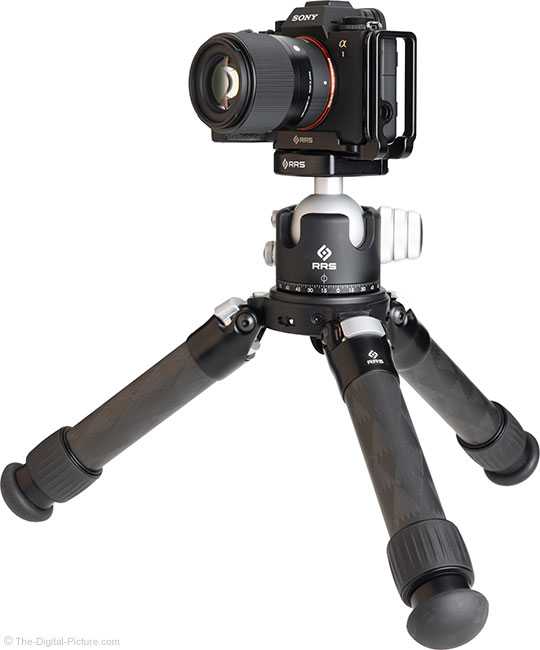
Аббревиатура и технические характеристики
Price, Value, Wrap Up
Sigma’s game is high quality for a reasonable price.
In this case, the price is very low.
Most of Sigma’s lenses are considered a good value, and this lens is especially that.
The «DC» in the name indicates that this lens provides an image circle wide enough to cover (only) an APS-C imaging sensor, and the «DN» indicates that this lens was designed for short flange mirrorless cameras.
The Sigma 30mm F1.4 DC DN Contemporary Lens is available in Canon EF-M, Sony E, Nikon Z, Leica L, Fujifilm X, and Micro Four Thirds mounts.
«Sigma lenses are born of well-thought-out design concepts, exceptional Japanese craftsmanship and manufacturing, and advanced lens performance testing and evaluation.
To this end, Sigma has developed its own A1 proprietary MTF (modulation transfer function) measuring system using 46-megapixel Foveon direct image sensors.
Even the most elusive high-frequency details are within the scope of Sigma’s quality control inspections.
Every Global Vision lens is A1 tested, analyzed and approved before leaving the factory ensuring maximum performance out of the box.»
In regards to the Sony E-mount version of this lens, Sigma develops, manufactures, and sells lenses based on the specifications of E-mount, disclosed by Sony Corporation under license agreement.
Sigma provides a 1-year limited warranty, and Sigma USA provides a limited 3-year warranty extension.
The reviewed Sigma 30mm F1.4 DC DN Contemporary Lens was online-retail sourced.
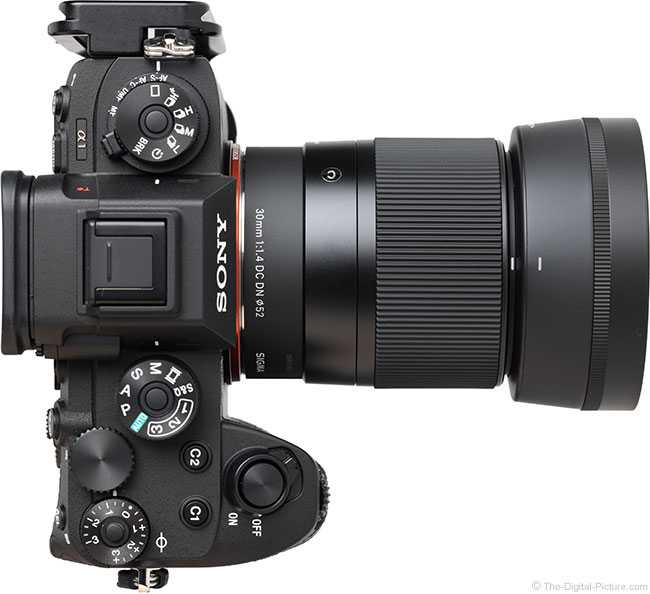
Sigma 30mm f/1.4 DN vs. Zeiss 32mm f/1.8 vs. Sony E 35mm f/1.8

Comparing the Sigma 30mm f/1.4 DN with the $720 Carl Zeiss Planar Touit 1.8/32 (Zeiss 32mm f/1.8) and own-brand $398 Sony E 35mm f/1.8, the Sigma lens is better in a number of respects.
Not only is it the cheapest, despite boasting a larger maximum f/1.4 aperture, it also offers the best light transmission and significantly improved sharpness. The Sigma 30mm f/1.4 DN is actually sharper and more uniform at its maximum f/1.4 aperture compared to the Zeiss and Sony competitors at f/1.8. All three are at their sharpest around f/4, but again, the Sigma version offers increased resolution in the center, and is noticeably more uniform, too.
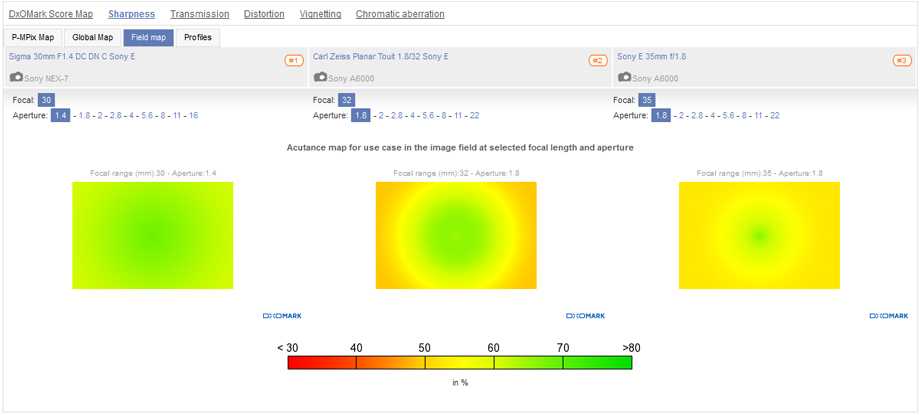
At their respective maximum apertures, the Sigma 30mm f/1.4 DN is sharper in the center and noticeably more uniform compared to the Zeiss 32mm f/1.8 and the Sony E 35mm f/1.8
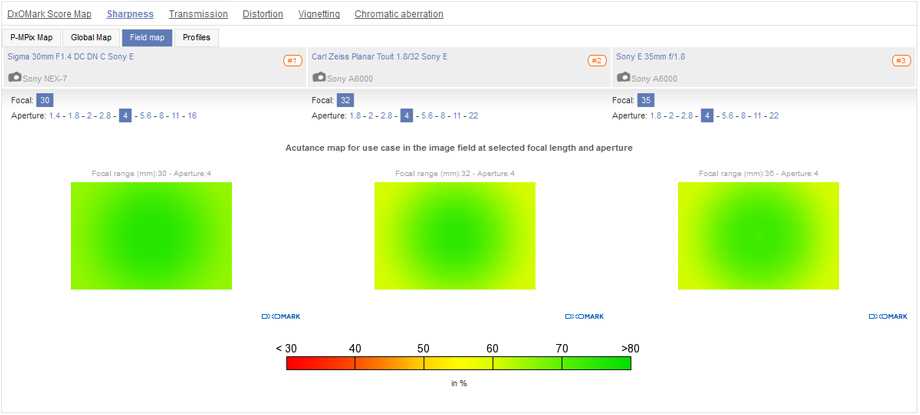
The same is true at f/4, too, at which the Sigma 30mm f/1.4 DN boasts slightly greater resolution overall and improved results in the outer field compared to the competition
Despite a lower overall vignetting score for the Sigma 30mm f/1.4, it’s worth noting that this was recorded at its maximum f/1.4 aperture. Close down 1 stop to f/1.8, and corner shading on the Sigma is more comparable to Zeiss at the same setting and an improvement over the Sony E 35mm f/1.8. The Sigma clearly distorts more than the Zeiss and Sony competition, which is something to watch out for, but as previously noted, this can be easily corrected in post-production.
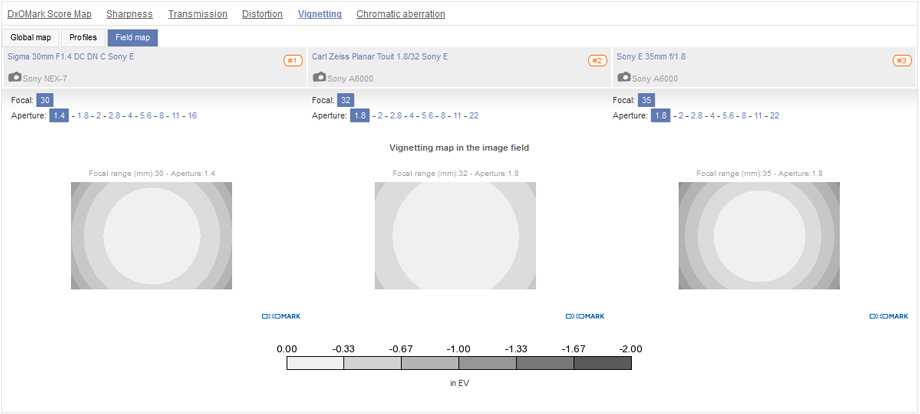
Despite fairly heavy (–1.7EV) corner shading at f/1.4, close down 1 stop and vignetting on the Sigma 30mm f/1.4 DN is comparable to the Zeiss 32mm f/1.8 and better than the Sony E 35mm f/1.8
Sigma 30mm f1.4 DC DN Contemporary Build Quality:
Starting with build, the 30mm f1.4 DC DN Contemporary is made of TSC (Thermally Stable Composite), giving it a very solid feel overall. It comes with a brass bayonet mount for precision and durability. It also has a large rubberized focus ring for easy grip, and there’s rubber sealing on the mount for dust, and splash protection. Overall, the quality is excellent; it compares very favorably with Fujifilm branded lenses, matching them in terms of quality, and aesthetics.

Size wise, I would say the 30mm f1.4 is about average. F1.4 lenses tend to be larger than their smaller aperture counterparts for obvious reasons but with that said, it’s similar in size to Fujifilm’s own 50mm equivalent lenses. The 30mm f1.4 measures 2.6 x 2.9″ / 64.8 x 73.6 mm, and has a 52mm filter thread. In comparison, Fujifilm’s own XF 35mm f1.4 measures 2.56 x 2.16″ / 65 x 54.9 mm, and also has a 52mm filter thread. Their 33mm f1.4 measures 2.6 x 2.9″ / 67 x 73.5 mm, and it uses a 58mm filter thread. Overall, the size of the 30mm f1.4 is reasonable for an APS-C lens of this focal length. It’s something that is easy to carry around all day, and live with on a daily basis. I say daily because for all you 50mm lovers out there like me, this is something that you can leave on your camera 99% of the time, especially since it’s also not that heavy.
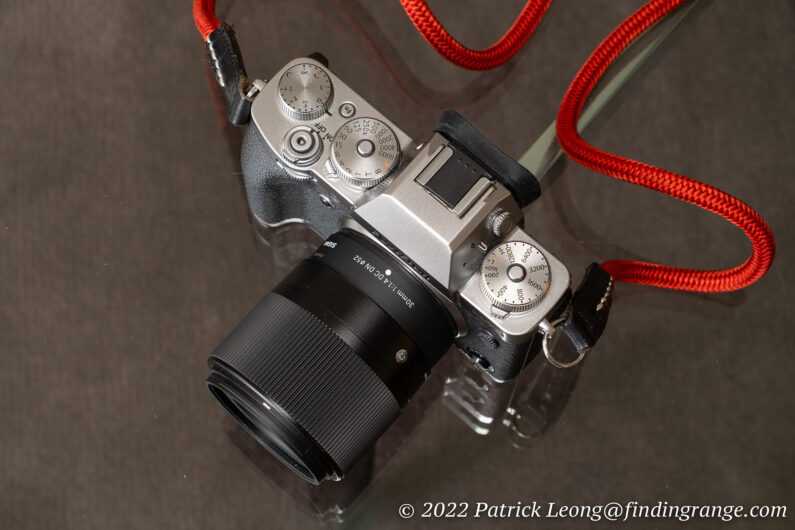
In terms of weight, the 30mm f1.4 DC DN Contemporary comes in at just 9.7 oz / 275 g, which makes it a great lens to carry around. It’s also never front heavy, when it’s mounted on my X-T3, which is what I used to test the 30mm f1.4. If you compare the 30mm f1.4 to the Fujifilm counterparts, it weighs a little more than the XF 35mm f1.4, which is 6.6 oz / 187 g. However, it’s lighter than the XF 33mm f1.4, which is 12.7 oz / 360 g, so this means the 30mm f1.4 is right in the middle, in terms of weight.
As for accessories, the 30mm f1.4 DC DN Contemporary comes with a lens hood that is reversible for easy storage. I found that the size, and overall shape matches well with the 30mm f1.4. It’s not too large, yet it is still effective at protecting the front element from light impact, and from flare.
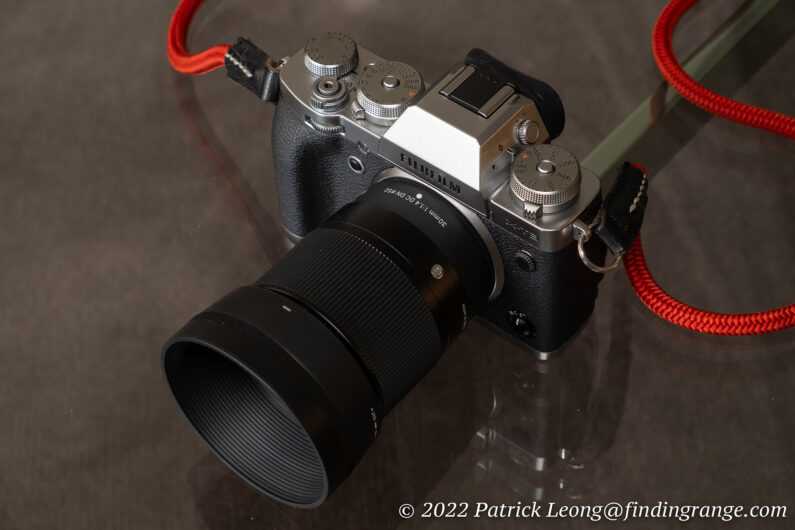
Sigma 30mm f / 1.4 DC DN – Результаты испытаний
разрешение
Твердый: 30 мм центрПунктир: 30 мм угол
Графики MTF из наших тестов Applied Imaging показывают, что 30 мм f / 1.4 ведет себя очень хорошо, несмотря на относительно низкую цену. Он очень резкий в центре, с максимальным разрешением около f / 4-f / 5.6. Углы не такие острые, но это частично связано с небольшой кривизной поля, что делает их немного не в фокусе с нашей плоской тестовой таблицей. В целом, однако, это отличная производительность.
затенение
30 мм F / 1,4
Съемка в режиме f / 1.4 дает заметное затенение на камерах Sony APS-C, причем углы примерно на 1,2 ступени темнее, чем в центре кадра. Но остановка до f / 2.8 существенно устраняет это виньетирование. Пользователи Micro Four Thirds также увидят меньше виньетирования из-за меньшего размера датчика изображения.
Криволинейное искажение
SMIA TV = -2,6%30 мм (неоткорректированное сырье)
Как и в случае с современным дизайном объектива, 30 мм f / 1.4 демонстрирует видимое искажение бочки при просмотре необработанных необработанных файлов. Sigma рекомендует пользователям Sony установить для параметра «Коррекция искажений» значение «Авто», что должно быть исправлено в JPEG-файлах камеры. Камеры Micro Four Thirds всегда исправляют это автоматически.
Sigma 30mm f/1.4 DC DN C Handling and Features
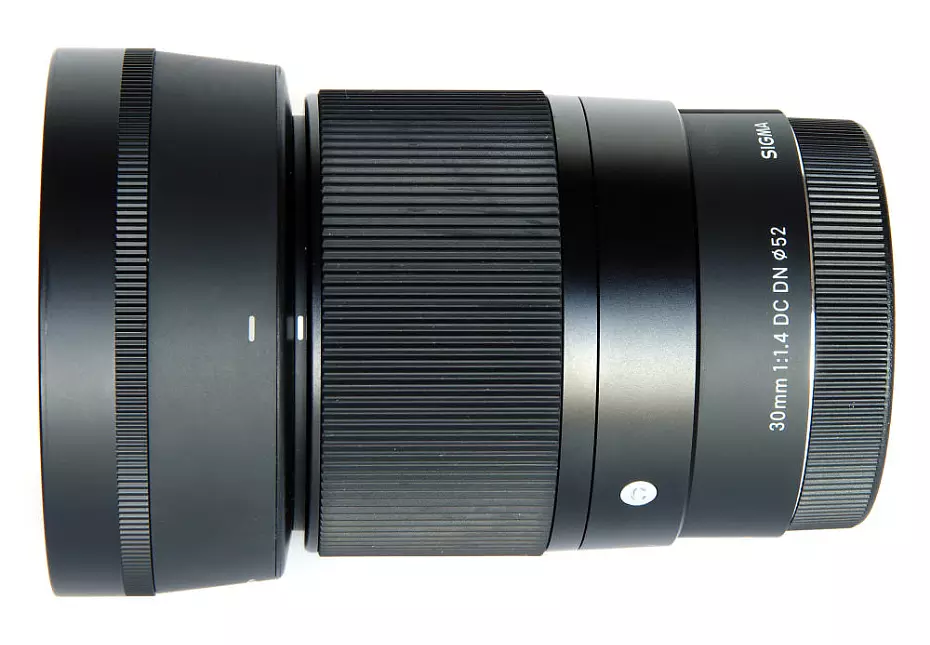
The lens was tested with the Sony Alpha A7R II body and it matches it perfectly, giving a compact and well balanced overall package. The E mount is smooth and positive and there is no play when fitted. Being an APS-C format optic, the camera recognises this and switches to an 18MP APS-C mode automatically, assuming that feature is switched on. One advantage of the electronic viewfinder/monitor is that the cropped sensor format is shown full size of the screen with no cropping such as would be seen with an optical system.
Starting at the front of the lens, the bayonet fitting for the provided circular lens hood encloses a 52mm filter thread. The 9 rounded diaphragm blades can be clearly seen, providing an almost perfectly circular aperture. This is always closed down to taking aperture for viewing but briefly opens for focusing before closing down again as the shutter releases. The focusing is very snappy and shows no sign of hunting.
The focus-by-wire manual focusing ring is generously wide and apart from that there is nothing else to disturb the clean lines of the lens. Sadly, there is no weather resistance, so suitable care should be taken in damp weather.

The lens specification is 9 elements in 7 groups, focusing via internal focus down to a nicely close 0.3m (11.8”), giving a maximum magnification of 0.14x or 1:7. This is not a macro lens, but it still focuses usefully close. The lens weighs in at a modest 140g.
The whole package gives an overall impression of being very under-stated and there is little to comment upon. The standard of finish is excellent and the few markings there are crisp and easy to read. The plastics are of good quality and the ergonomics absolutely satisfactory. It simply does what it says on the box, without fuss, and the unobtrusive appearance could well be a benefit in street photography for photographers also wishing to be unobtrusive.
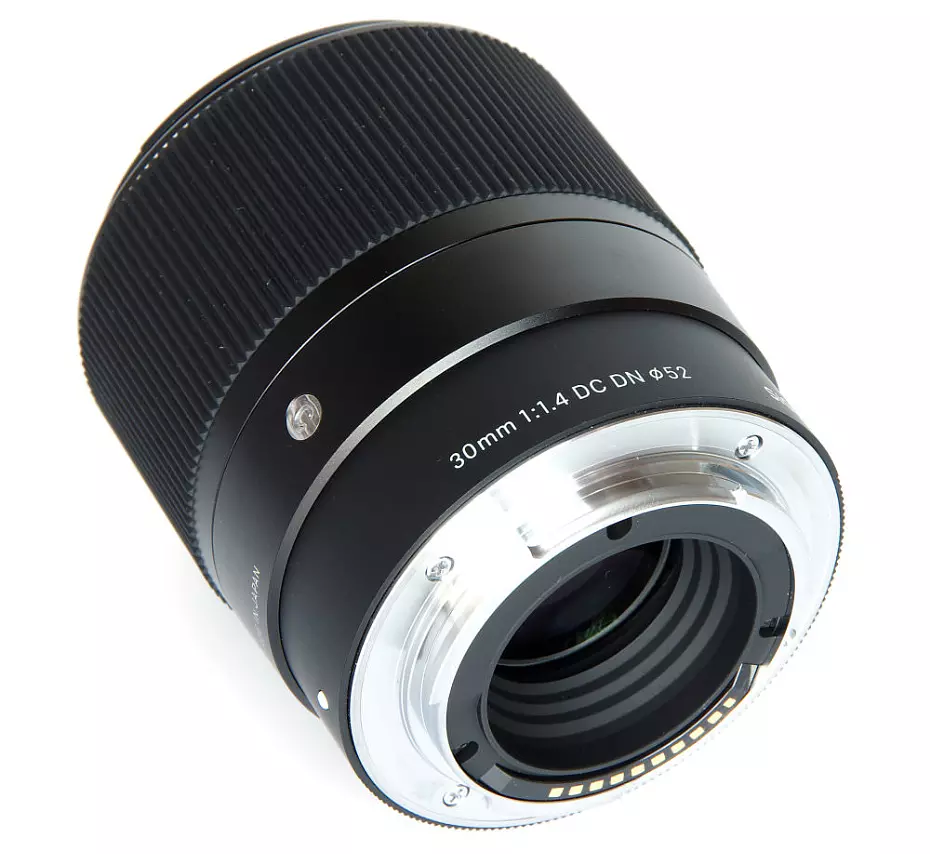
Build Quality & Features
The Sigma 30mm F1.4 DC DN Contemporary Lens has an aesthetically pleasing design that maintains tight tolerances and has a quality finish.
The gently tapering design leads to the only moving feature, the long, straight, and comfortable-to-use focus ring.

MFD |
∞
w/ Hood: MFD |
∞
Rotated
Compare »
The Sigma 30mm F1.4 DC DN Contemporary Lens features a TSC (Thermally Stable Composite) exterior.
«TSC is a state-of-the-art polycarbonate that is designed to be both lightweight and extremely durable, and its chemical makeup means it doesn’t shrink or expand with changing temperatures.
This material is so high-quality that we’re also incorporating it into our Art and Sports lenses to provide lightness and thermal consistency.»
180° of the barrel’s mount area features molded-in ribs that facilitate grip for mounting and dismounting the lens.
This lens has no buttons or switches.
As hinted earlier, I miss the AF/MF button the most.
Positive is that the lack of switches means increased reliability and decreased opportunity for dirt and moisture penetration.

«Sigma Contemporary lenses feature a mount gasket that protects against dust and moisture, but for affordability purposes, the balance of the lens is not sealed.
Sigma claims that «The vast majority of contaminants work their way into lenses through the rear mount, so as long as they aren’t abused, these lenses will provide many years of trouble-free use, even in moderate weather.
For regular use in more extreme conditions, Art or Sports lenses are the way to go.»
That said, for this Sigma Contemporary lens model, only the Leica L-mount version includes a mount gasket.
This Sigma lens is compatible with advanced mirrorless camera features, including Eye AF, in-camera lens correction (shading, chromatic aberration, distortion), and camera-based lens firmware updates.
Aided by the reduced image circle size required by APS-C imaging sensors, this lens is very small and light for its focal length and aperture specifications.
| Model | Weight oz(g) | Dimensions w/o Hood «(mm) | Filter | Year | ||
| Canon EF-M 28mm f/3.5 Macro IS STM Lens | 4.6 | (130) | 2.4 x 1.8 | (60.9 x 45.5) | 43 | 2016 |
| Canon EF-M 32mm f/1.4 STM Lens | 8.3 | (235) | 2.4 x 2.2 | (60.9 x 56.5) | 43 | 2018 |
| Sigma 16mm F1.4 DC DN Contemporary Lens | 14.3 | (405) | 2.8 x 3.6 | (72.2 x 92.3) | 67 | 2021 |
| Sigma 30mm F1.4 DC DN Contemporary Lens | 9.4 | (265) | 2.6 x 2.9 | (64.8 x 73.3) | 52 | 2016 |
| Sigma 56mm F1.4 DC DN Contemporary Lens | 9.9 | (280) | 2.6 x 2.3 | (66.5 x 59.5) | 55 | 2018 |
| Sigma 18-50mm F2.8 DC DN Contemporary Lens | 10.2 | (290) | 2.5 x 2.9 | (64.5 x 74.5) | 55 | 2017 |
For many more comparisons, review the complete Sigma 30mm F1.4 DC DN Contemporary Lens Specifications using the site’s lens specifications tool.
Here is a visual comparison of the small Sigma DC DN lenses being simultaneously evaluated:
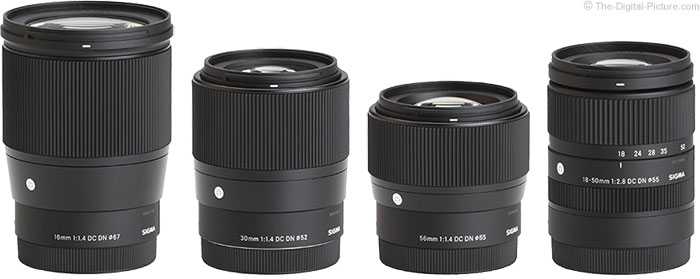
Positioned above from left to right are the following lenses:
Sigma 16mm F1.4 DC DN Contemporary LensSigma 30mm F1.4 DC DN Contemporary LensSigma 56mm F1.4 DC DN Contemporary LensSigma 18-50mm F2.8 DC DN Contemporary Lens
The same lenses are shown below with their hoods in place.
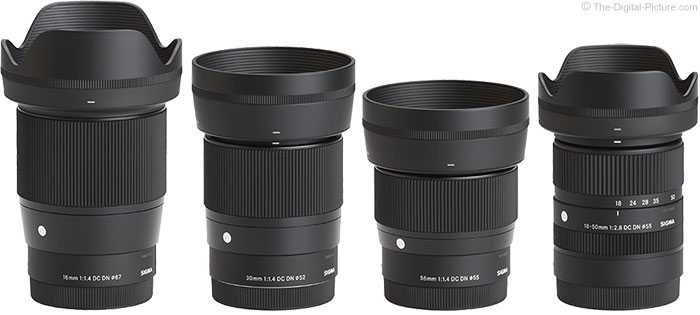
Use the site’s product image comparison tool to visually compare the Sigma 30mm F1.4 DC DN Contemporary Lens to other lenses.
This small lens features also-small 52mm filter threads.
While 52mm enjoys only limited popularity as a filter size, 52mm filters are relatively inexpensive.
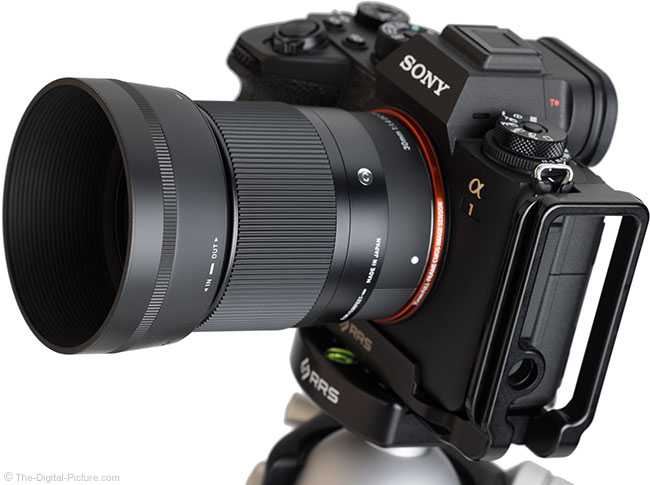
Sigma includes hoods with their lenses, and the LH586-01 Lens Hood ships with the 30mm F1.4 DC DN Contemporary Lens.
The LH586-01 offers optimal protection to the front lens element, including protection from dust, water, fingers, limbs, etc., and from flare-inducing bright light.
The hood’s interior is mold-ribbed for reduced internal reflections, and the LH586-01’s semi-rigid plastic build absorbs some impact, adding a layer of physical protection to the camera and lens.
The round-shaped hood enables the lens to stand on its hood (conditions permitting).
The rear portion of the hood is rubberized to, along with the mold-ribbed ring, facilitate installation and removal.


Sigma 30mm f / 1.4 DC DN – Сборка и обработка
Внешне объектив не о чем писать. Он имеет чисто черную эстетику, которую мы привыкли ожидать от Sigma с тех пор, как компания объявила о своем направлении Global Vision около четырех лет назад. Помимо обозначения объектива и напоминания о том, что он имеет минимальное фокусное расстояние 30 см, единственной другой маркировочной надписью на объективе является серебристая буква «C», которая обозначает, что она является частью диапазона Sigma Contemporary. Напомним, что серия Modern разработана для обеспечения performance высокой производительности, но компактный и легкий », тогда как объективы Art больше ориентированы на качество изображения.
Мы протестировали объектив с несколькими камерами, в том числе Sony Alpha 6000, новой Alpha 6300 и Alpha 7R в режиме кадрирования APS-C, и он был приятно сбалансирован на каждой. Это довольно большое для фокусного расстояния. Большинство других объективов, о которых я упоминал ранее, имеют меньшие размеры, почти блины, но тогда у них нет диафрагмы f / 1.4, для которой, очевидно, требуются более крупные элементы.
Объектив имеет размеры 64,8 × 73,3 мм и весит 265 г, что, безусловно, не помешает вашей способности носить его с собой целый день. Он имеет 52-миллиметровую резьбу фильтра, и в этом случае объектив использует внутреннюю фокусировку, поэтому, если вы используете с ним градуированный или поляризационный фильтр ND, вам не придется беспокоиться о повороте или удлинении при фокусировке.
Большое ребристое фокусирующее кольцо на корпусе объектива невозможно пропустить, и его легко найти, держа глаз в видоискателе. У меня не было проблем с ручной фокусировкой этого объектива, и я смог получить очень точную фокусировку при использовании увеличенного изображения, предлагаемого камерами Sony. Даже очень незначительные толчки электронного кольца фокусировки были вознаграждены точными сдвигами в фокусе. Сильное реагирование, медленный поворот кольца немного сместит фокус, в то время как резкое смещение может привести к тому, что вы прыгнете с метра на бесконечность.
В целом, объектив быстро сфокусировался. На Alpha 6300 он кажется немного медленнее, чем собственные объективы Sony, но он ни в коем случае не был вялым. Как утверждает Сигма, сам мотор очень тихий. Вы должны поднести ухо к объективу, чтобы услышать любой легкий шум. Однако при фокусировке объектива слышен щелчок или стук в объективе. Опять же, звук не очень громкий, но если вам нравится тихая фотография или вы планируете использовать автофокусировку во время съемки видео, вы можете принять это к сведению. Остальным из нас не нужно беспокоиться.
Следует отметить, что объектив не является оптически стабилизированным, поэтому необходимо соблюдать осторожность при ручной фиксации при более коротких выдержках. Если у вас есть сенсорная стабилизация на вашей камере, не забудьте включить ее
В противном случае применяется правило для ручной фиксации при ближайшей выдержке к эквивалентному фокусному расстоянию, поэтому не ожидайте получения резких результатов на скоростях, намного меньших, чем 1/50 с
Если у вас есть камера со встроенной стабилизацией изображения, вы, очевидно, сможете принять это во внимание
Conclusions
Photographers using mirrorless systems who crave an f/1.4 standard lens should take a close look at the Sigma 30mm F1.4 DC DN Contemporary, as it makes available light photography a true reality, even when shooting on city streets at night, and delivers strong results. Images are crisp, especially at f/2 and narrower settings, right up to the edge of the frame, and the lens itself is affordable, light, and compact.
If you use a Sony camera that’s not the a6500, the lack of in-lens stabilization may be a concern, especially if you enjoy capturing handheld video. If that’s the case, think about the pricier Sony 35mm f/1.8 OSS instead.
Micro Four Thirds owners have a wealth of options, including the less expensive Panasonic 25mm f/1.7 ($250) and the $400 Olympus 25mm f/1.8, both of which are smaller, but also gather a little bit less light. Matching or bettering the 30mm Contemporary in aperture are the Olympus 25mm f/1.2 ($1,300) and Panasonic 25mm f/1.4 ($600).
The Sigma 30mm F1.4 DC DN Contemporary is a strong performer with a few optical drawbacks. If you’ve got a compatible mirrorless camera and are shopping for a fast, standard-angle prime, it’s a good way to go.
Thanks to Lensrentals for providing the Sony a6500 for this review.
Sigma 30mm F1.4 DC DN Contemporary
4.0
See It
$279.00 at Amazon
MSRP $339.00
Pros
- Bright aperture.
- Very sharp.
- Even illumination.
- Affordable.
View More
Cons
- Some barrel distortion.
- Omits stabilization.
- Not weather-sealed.
The Bottom Line
The Sigma 30mm F1.4 DC DN Contemporary is a bright, crisp, standard-angle lens for Sony and Micro Four Thirds mirrorless cameras.
Like What You’re Reading?
Sign up for Lab Report to get the latest reviews and top product advice delivered right to your inbox.
This newsletter may contain advertising, deals, or affiliate links. Subscribing to a newsletter indicates your consent to our Terms of Use and Privacy Policy. You may unsubscribe from the newsletters at any time.
Thanks for signing up!
Your subscription has been confirmed. Keep an eye on your inbox!
Sign up for other newsletters
Sigma 30mm f1.4 DC DN Contemporary Lens Review:
If you have an APS-C L mount camera, such as, the Leica CL, and you’re looking for a normal lens that’s around a 50mm equivalent focal length, there are quite a few to choose from. However, if you want one with autofocus that is also compact, the options shrink a bit. One option that you can choose though is the Sigma 30mm f1.4 DC DN Contemporary lens. This 45mm equivalent lens has been around in different mounts, and now it’s also in L mount as well. I had a chance to review this lens along with the two other APS-C lenses currently out, which are the 16mm f1.4 (review here) and the 56mm f1.4 (review here). I wrote up a review for each of the other two a while back but for some reason, I never got around to finishing up the review for the 30mm f1.4. So, here’s what I think of the 30mm.



























